Home>Furniture & Design>Outdoor Furniture>How To Cover Outdoor Vents
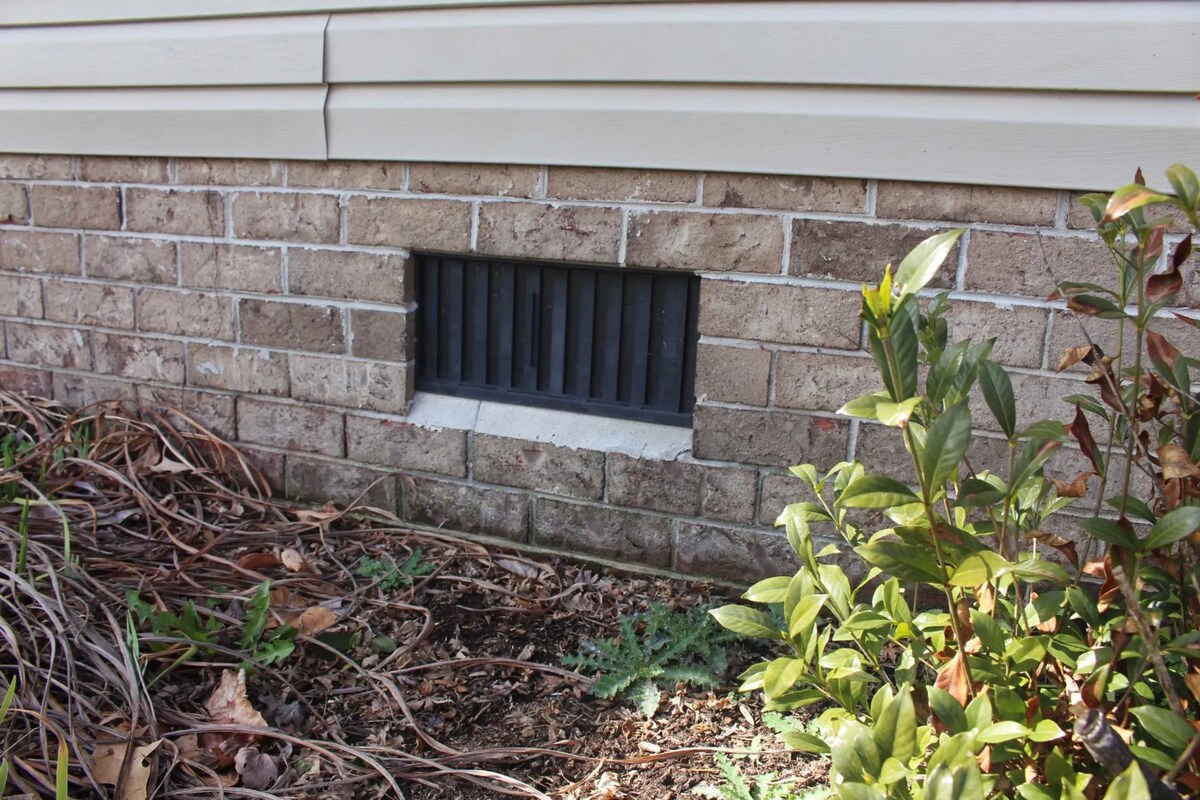

Outdoor Furniture
How To Cover Outdoor Vents
Modified: February 18, 2024
Discover the best ways to cover outdoor vents and protect your outdoor furniture with our expert tips and design ideas. Keep your outdoor living space stylish and functional.
(Many of the links in this article redirect to a specific reviewed product. Your purchase of these products through affiliate links helps to generate commission for Storables.com, at no extra cost. Learn more)
**
Introduction
**
So, you've invested in creating a beautiful outdoor space, complete with comfortable furniture, stylish decor, and lush greenery. However, have you considered the often-overlooked but crucial components of your outdoor area, such as outdoor vents? These vents play a vital role in maintaining proper airflow, reducing moisture buildup, and ensuring the longevity of your outdoor furniture and structures.
In this comprehensive guide, we will delve into the importance of covering outdoor vents, the various types of outdoor vents you may encounter, the materials needed for covering them, a step-by-step guide to effectively cover outdoor vents, essential maintenance and safety tips, and much more. Whether you're a seasoned outdoor design enthusiast or a novice homeowner looking to enhance your outdoor space, this article will equip you with the knowledge and practical insights to protect your outdoor vents effectively. Let's embark on this journey to safeguard your outdoor oasis!
Key Takeaways:
- Protect your outdoor furniture by covering vents to prevent moisture buildup, energy loss, and pest intrusion. Use high-quality materials and follow a step-by-step guide for effective installation and maintenance.
- Regularly inspect, clean, and maintain covered outdoor vents to ensure optimal airflow, prevent damage, and promote a safe and enjoyable outdoor living space.
Read also: 9 Superior Outdoor Dryer Vent Cover For 2024
Importance of Covering Outdoor Vents
When it comes to outdoor furniture and design, the significance of covering outdoor vents cannot be overstated. These vents are essential for maintaining proper air circulation and preventing moisture accumulation, which can lead to mold, mildew, and deterioration of outdoor structures and furniture. By covering outdoor vents, you can mitigate potential damage and ensure the longevity of your outdoor investments.
One of the primary reasons for covering outdoor vents is to protect your furniture and decor from the elements. Whether it’s a patio set, a stylish outdoor rug, or decorative cushions, exposure to excessive moisture can cause irreversible damage. By installing covers on outdoor vents, you can regulate airflow and minimize the risk of moisture-related issues, thereby preserving the integrity and aesthetics of your outdoor furnishings.
Furthermore, covering outdoor vents can contribute to energy efficiency. In regions with extreme temperatures, outdoor vents play a crucial role in moderating the ambient temperature and preventing the buildup of heat or cold air. By covering these vents when not in use, you can help maintain a comfortable outdoor environment and reduce the strain on your heating and cooling systems, leading to potential energy savings.
Another compelling reason to cover outdoor vents is to prevent the entry of debris and pests. Leaves, twigs, and other outdoor debris can easily find their way into uncovered vents, potentially causing blockages and impeding proper airflow. Additionally, uncovered vents can serve as entry points for insects and small animals, posing a nuisance and potential safety hazard. By installing covers on outdoor vents, you can effectively safeguard against these unwanted intrusions, ensuring a clean and pest-free outdoor space.
Ultimately, covering outdoor vents is a proactive measure that contributes to the overall maintenance and aesthetics of your outdoor area. By prioritizing the protection of your vents, you can enhance the durability of your outdoor furniture, promote a comfortable and inviting outdoor environment, and minimize the need for extensive cleaning and repairs. With a clear understanding of the importance of covering outdoor vents, you’re poised to elevate the functionality and allure of your outdoor living space.
Types of Outdoor Vents
Outdoor vents come in various types, each serving specific functions and catering to different outdoor environments. Understanding the different types of outdoor vents is essential for identifying the most suitable covering solutions and ensuring optimal ventilation and protection for your outdoor space.
1. Soffit Vents:
Soffit vents are typically located under the eaves of a roof, allowing air to flow into the attic or roof space. These vents are crucial for maintaining proper ventilation and preventing moisture buildup, which can lead to mold and structural damage. Soffit vents often feature perforated designs to facilitate airflow while keeping out pests and debris.
2. Foundation Vents:
Foundation vents are installed in the exterior walls of a building’s foundation, promoting airflow and reducing humidity levels in crawl spaces and basements. These vents play a vital role in preventing moisture-related issues and preserving the structural integrity of the building. Foundation vents are available in various styles, including louvered, screened, and insulated options.
3. Gable Vents:
Gable vents are positioned on the exterior walls near the peak of a gable roof, allowing hot air to escape from the attic space. These vents facilitate air circulation and help regulate the temperature within the attic, contributing to energy efficiency and preventing heat buildup. Gable vents are available in different shapes and sizes to accommodate diverse architectural designs.
4. Ridge Vents:
Ridge vents are installed along the peak of a sloped roof, serving as an effective means of ventilating the attic or upper roof space. These vents create a continuous airflow channel, allowing hot air to escape while drawing in fresh air from the eaves. Ridge vents are integral for maintaining consistent air circulation and preventing moisture-related issues in the attic.
5. Dryer Vents:
Dryer vents are essential for venting hot, moist air from clothes dryers to the outdoors, preventing the accumulation of humidity and potential fire hazards. These vents require proper covering to prevent the entry of pests and debris while facilitating efficient airflow. Dryer vent covers are designed to ensure optimal ventilation while safeguarding against external elements.
By familiarizing yourself with the various types of outdoor vents, you can make informed decisions when it comes to selecting appropriate covers and maintenance strategies. Whether it’s protecting soffit vents from debris or ensuring the efficient operation of dryer vents, understanding the distinct characteristics of each vent type is instrumental in preserving the functionality and durability of your outdoor living space.
Materials Needed for Covering Outdoor Vents
When it comes to covering outdoor vents, selecting the right materials is essential to ensure effective protection and optimal airflow. The following materials are commonly used for covering various types of outdoor vents, providing durability, weather resistance, and pest prevention:
1. Vent Covers:
Invest in high-quality vent covers specifically designed for the type of outdoor vent you intend to protect. These covers come in a variety of materials, including durable plastics, weather-resistant metals such as aluminum or stainless steel, and corrosion-resistant materials suitable for coastal environments. Ensure that the vent covers are designed to facilitate airflow while preventing the entry of debris and pests.
2. Mesh Screens:
Mesh screens are essential for covering vents that require protection against insects, rodents, and larger debris. Stainless steel or aluminum mesh screens can be custom-fitted to cover openings without obstructing airflow. These screens are particularly useful for soffit vents, foundation vents, and other openings susceptible to pest intrusion.
3. Weather-Resistant Sealant:
To ensure a secure and weatherproof installation, consider using a high-quality weather-resistant sealant suitable for outdoor applications. This sealant can be used to secure vent covers in place, fill gaps around the edges of the covers, and prevent water infiltration. Choose a sealant that adheres well to the vent material and is designed to withstand outdoor exposure.
4. Fasteners:
Depending on the type of vent cover and the installation requirements, you may need appropriate fasteners such as screws, bolts, or clips to secure the covers in place. Ensure that the fasteners are made of corrosion-resistant materials and are suitable for outdoor use. Additionally, select fasteners that provide a secure and stable attachment without compromising the integrity of the vent or its surrounding structure.
5. Cleaning Supplies:
Prior to installing vent covers, it’s essential to clean the vent openings and surrounding areas to remove any existing debris, dirt, or obstructions. Basic cleaning supplies such as a brush, vacuum, and mild detergent may be necessary to prepare the vents for cover installation. Keeping the vent areas clean and free of debris is crucial for maintaining optimal airflow and preventing blockages.
By ensuring that you have the necessary materials on hand, you can effectively cover outdoor vents to safeguard against pests, debris, and adverse weather conditions while promoting proper ventilation. Selecting high-quality materials and implementing thorough installation practices will contribute to the long-term protection and functionality of your outdoor vents, enhancing the overall resilience of your outdoor living space.
Use vent covers to protect outdoor vents from debris and animals. Make sure the covers are made of durable material and are properly secured to the vents to prevent any unwanted entry.
Step-by-Step Guide to Covering Outdoor Vents
When it comes to covering outdoor vents, a systematic approach ensures effective protection and optimal functionality. Follow this step-by-step guide to cover outdoor vents and safeguard your outdoor living space:
1. Assess Vent Type and Size:
Begin by identifying the type and size of the outdoor vent you intend to cover. Different vent types may require specific covering solutions, so understanding the vent’s characteristics is crucial for selecting appropriate materials and covers.
2. Gather Necessary Materials:
Collect the materials needed for covering the outdoor vent, including vent covers, mesh screens, weather-resistant sealant, fasteners, and cleaning supplies. Ensure that the materials are suitable for outdoor use and compatible with the vent type and surrounding environment.
3. Clean Vent Openings:
Thoroughly clean the vent openings and surrounding areas to remove any debris, dust, or obstructions. Use a brush, vacuum, and mild detergent to ensure that the vent surfaces are clean and free of impediments, promoting optimal airflow and secure cover installation.
4. Install Vent Covers:
Position the appropriate vent cover over the opening, ensuring a secure and snug fit. If necessary, use fasteners to secure the cover in place, taking care not to obstruct the airflow. For vents requiring protection against pests, install mesh screens behind the vent covers to prevent intrusion while allowing airflow.
5. Apply Weather-Resistant Sealant:
Apply a weather-resistant sealant around the edges of the vent cover to create a secure and weatherproof seal. This step is crucial for preventing water infiltration and ensuring that the cover remains firmly in place, especially in areas prone to inclement weather.
6. Inspect and Test:
After installing the vent covers, inspect the entire assembly to ensure that the covers are securely attached, the sealant is applied effectively, and the airflow is unobstructed. Test the functionality of the covered vents to verify that airflow is maintained without any hindrance.
7. Regular Maintenance:
Establish a routine maintenance schedule to inspect and clean the covered vents, ensuring that they remain free of debris and in optimal condition. Periodically check the sealant and fasteners to address any signs of wear or deterioration, and promptly replace or repair the covers as needed.
By following these step-by-step instructions, you can effectively cover outdoor vents to protect against pests, debris, and adverse weather conditions while promoting proper ventilation. Implementing thorough installation practices and maintenance routines will contribute to the long-term functionality and resilience of your outdoor vents, enhancing the overall durability of your outdoor living space.
Maintenance and Safety Tips
Ensuring the ongoing functionality and safety of covered outdoor vents is essential for preserving the integrity of your outdoor living space. By adhering to maintenance and safety guidelines, you can mitigate potential issues, promote optimal airflow, and safeguard against hazards. Consider the following tips to maintain and secure your covered outdoor vents:
1. Regular Inspection:
Periodically inspect the covered vents to check for any signs of damage, wear, or blockages. Ensure that the vent covers and mesh screens remain securely in place and that the airflow is unobstructed. Address any issues promptly to prevent potential damage to the vents and surrounding structures.
2. Clean and Clear Debris:
Regularly remove any debris, leaves, or obstructions from the vent covers and surrounding areas. Use a brush, vacuum, or gentle water spray to clear away accumulated debris and prevent blockages that could impede airflow or compromise the effectiveness of the covers.
3. Check Sealant and Fasteners:
Inspect the sealant applied around the edges of the vent covers to ensure that it remains intact and effective. Additionally, check the condition of any fasteners used to secure the covers, replacing any corroded or damaged fasteners as needed to maintain a secure and weatherproof installation.
4. Address Pest Intrusions:
Monitor the covered vents for any signs of pest activity or intrusion. If pests such as insects or rodents attempt to access the vents, take appropriate measures to deter them and prevent potential damage. Consider using pest deterrents or consulting with a professional pest control service if necessary.
5. Weather-Related Maintenance:
Following severe weather events, inspect the covered vents for any damage or displacement caused by strong winds, heavy rainfall, or other environmental factors. Address any issues promptly, replacing damaged covers or reinforcing the sealant to maintain the integrity of the vent protection.
6. Safety Precautions:
Exercise caution when performing maintenance tasks on covered outdoor vents, especially when using ladders or accessing elevated areas. Adhere to proper safety practices to prevent accidents or injuries, and consider enlisting the assistance of a professional if maintenance tasks pose safety concerns.
7. Professional Maintenance:
For complex or hard-to-reach vent systems, consider engaging the services of a professional maintenance provider to conduct thorough inspections, cleaning, and repairs. Professional maintenance can ensure that covered outdoor vents remain in optimal condition and contribute to the longevity of your outdoor living space.
By incorporating these maintenance and safety tips into your outdoor vent care routine, you can uphold the functionality, durability, and safety of your covered vents. Consistent monitoring, proactive maintenance, and adherence to safety protocols will contribute to a well-protected and resilient outdoor living environment, allowing you to fully enjoy the benefits of your carefully curated outdoor space.
Conclusion
As you conclude this journey through the realm of outdoor vent covering, it’s evident that these often-overlooked components play a pivotal role in maintaining the integrity and functionality of your outdoor living space. By understanding the importance of covering outdoor vents and familiarizing yourself with the various types of vents, materials needed for covering, and maintenance practices, you are well-equipped to protect your outdoor oasis effectively.
From soffit vents to foundation vents and gable vents, each component contributes to the overall ventilation and preservation of your outdoor environment. By investing in high-quality vent covers, mesh screens, and weather-resistant sealants, you can safeguard against pests, debris, and adverse weather conditions while promoting optimal airflow and energy efficiency.
Furthermore, the step-by-step guide to covering outdoor vents provides a clear roadmap for the installation and maintenance of vent covers, ensuring that your outdoor vents remain functional and resilient. By implementing regular inspections, cleaning routines, and safety precautions, you can uphold the longevity and safety of your covered vents, contributing to the overall well-being of your outdoor space.
As you embark on the journey of outdoor vent covering, remember that the meticulous care and attention you dedicate to these essential components will translate into a more enjoyable, sustainable, and visually appealing outdoor environment. Whether you’re lounging on your patio, hosting gatherings in your backyard, or simply relishing the beauty of your outdoor retreat, the protection and maintenance of your covered vents will be an integral part of your outdoor living experience.
So, as you embrace the art of outdoor design and furniture, let the covering of outdoor vents become a seamless and gratifying aspect of your outdoor maintenance routine. With a keen eye for detail, a commitment to quality materials, and a proactive approach to maintenance, you can ensure that your outdoor vents continue to contribute to the comfort, aesthetics, and durability of your outdoor haven.
May your covered outdoor vents serve as silent guardians, preserving the beauty and functionality of your outdoor space for years to come.
Frequently Asked Questions about How To Cover Outdoor Vents
Was this page helpful?
At Storables.com, we guarantee accurate and reliable information. Our content, validated by Expert Board Contributors, is crafted following stringent Editorial Policies. We're committed to providing you with well-researched, expert-backed insights for all your informational needs.
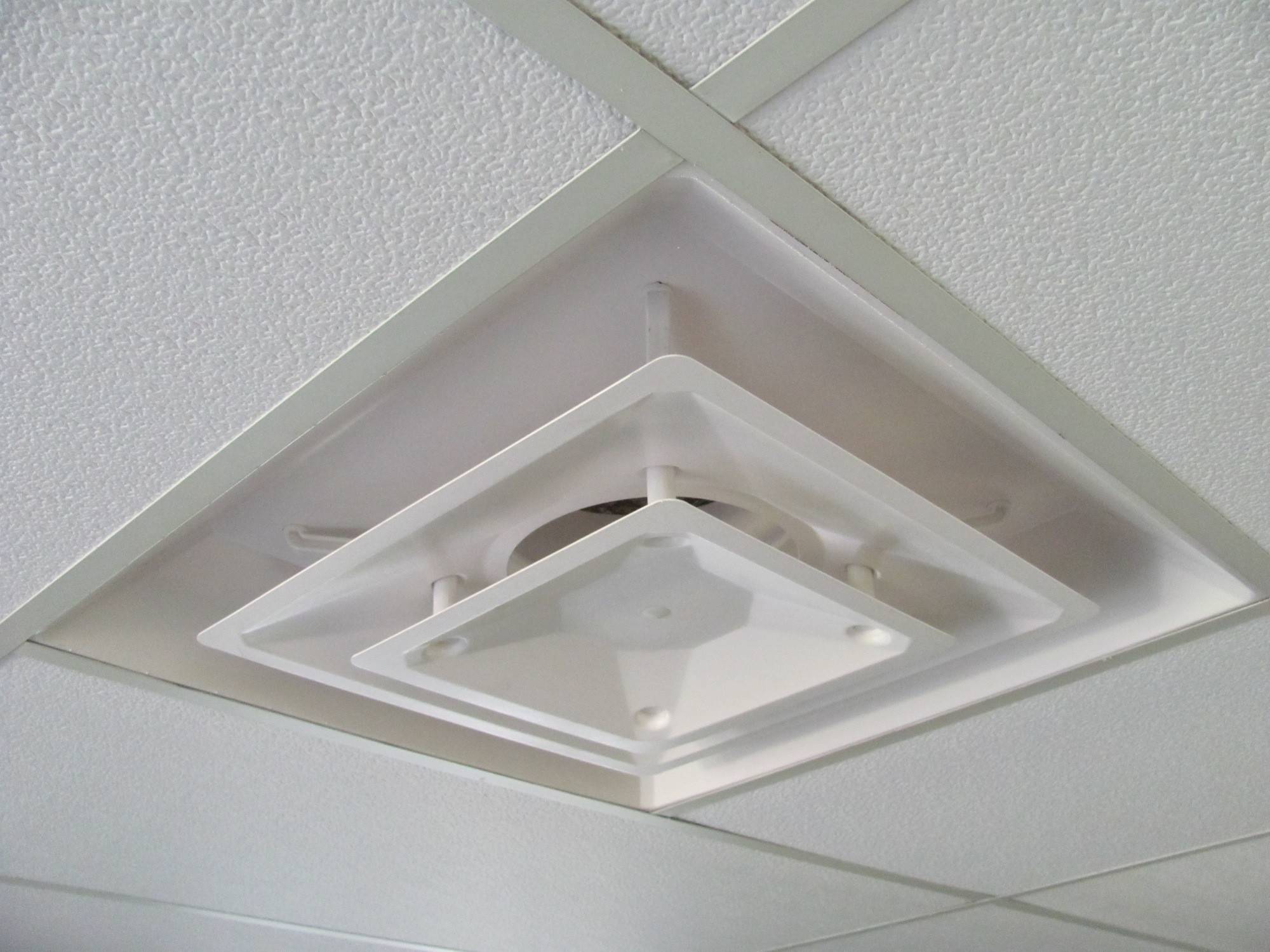
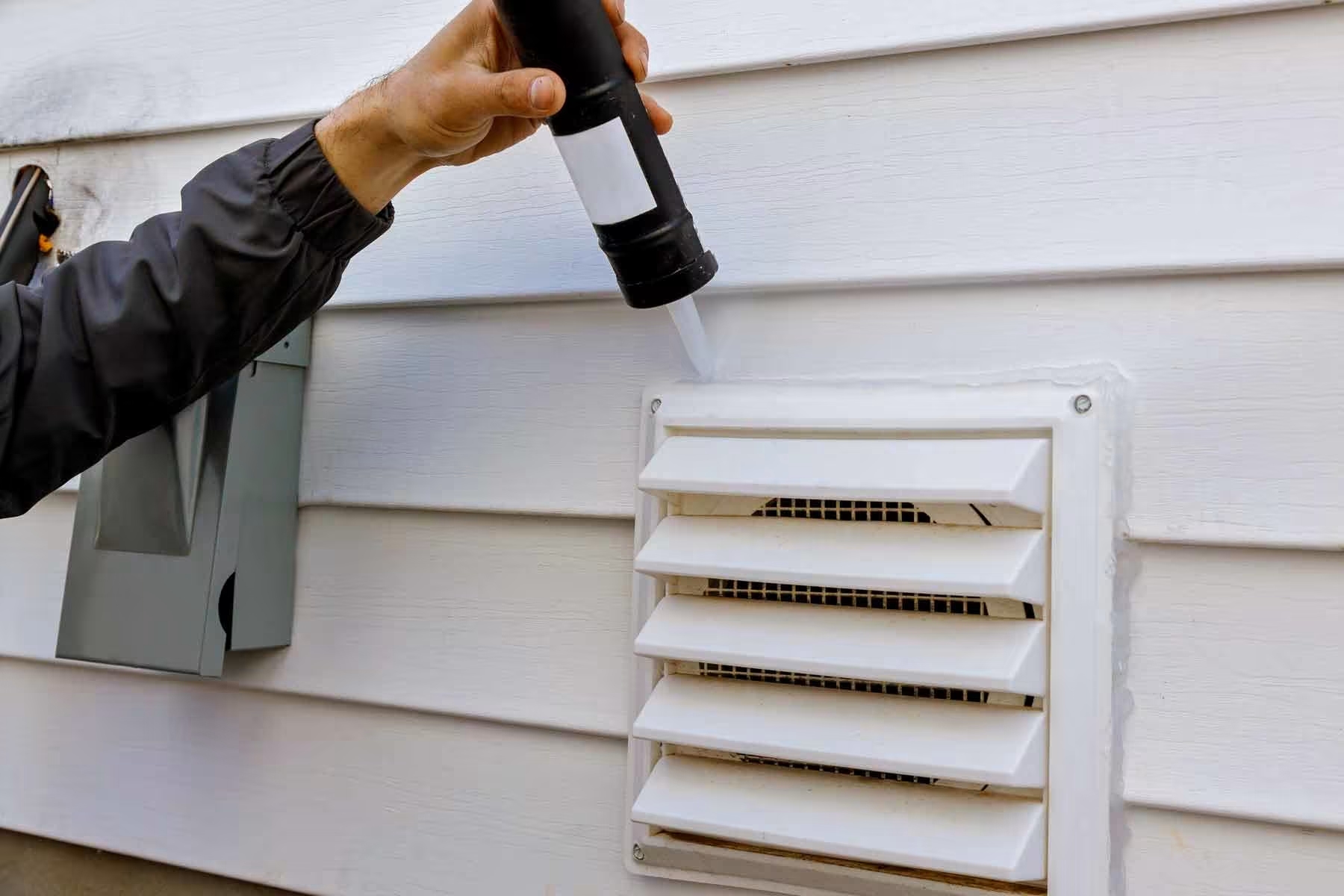
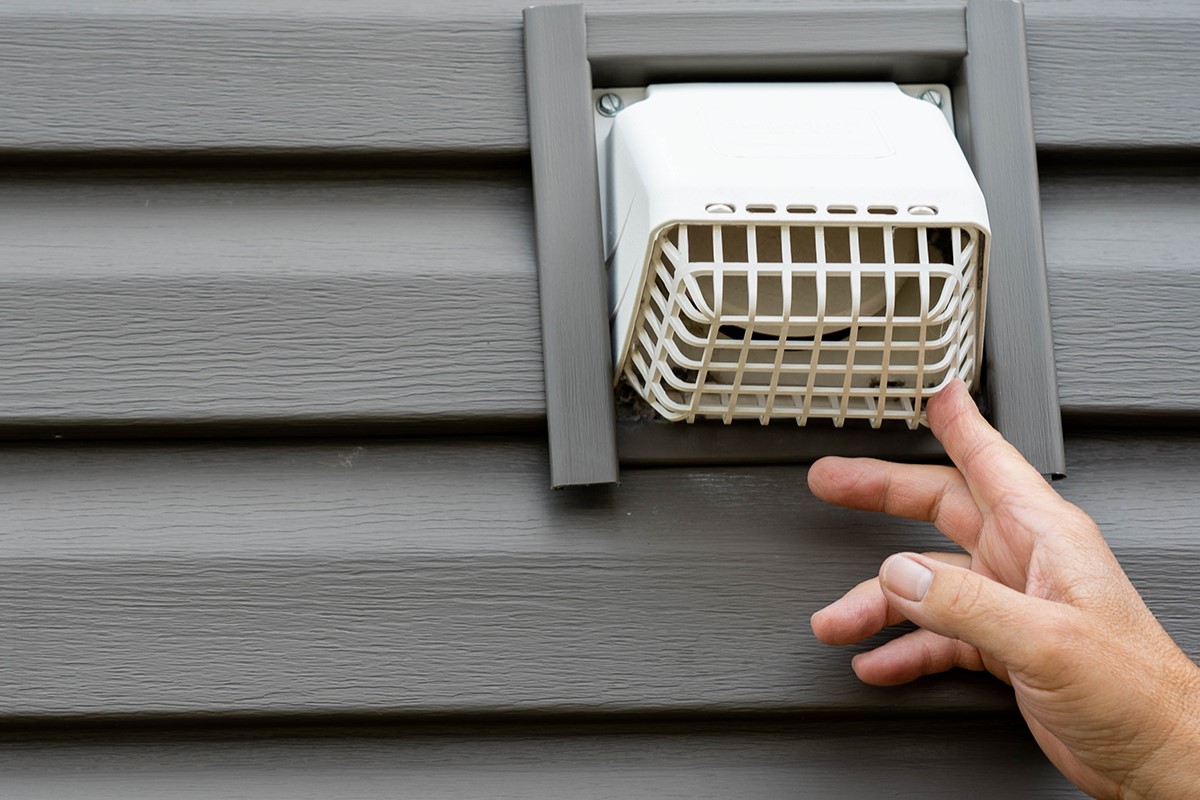
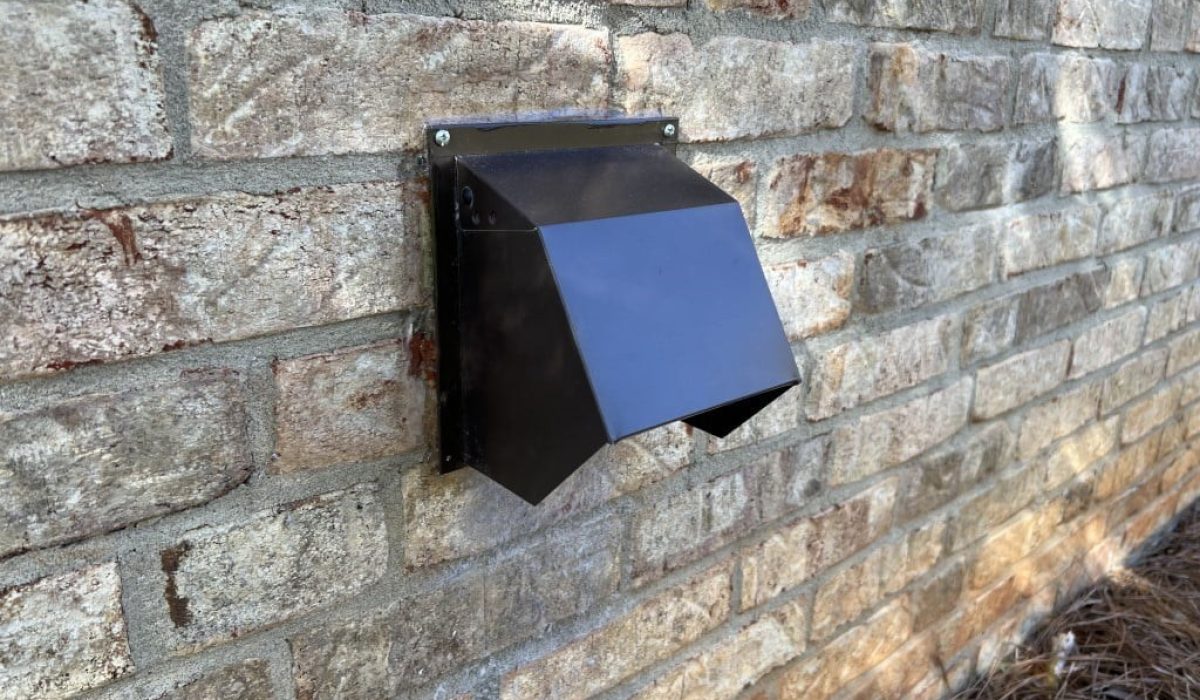
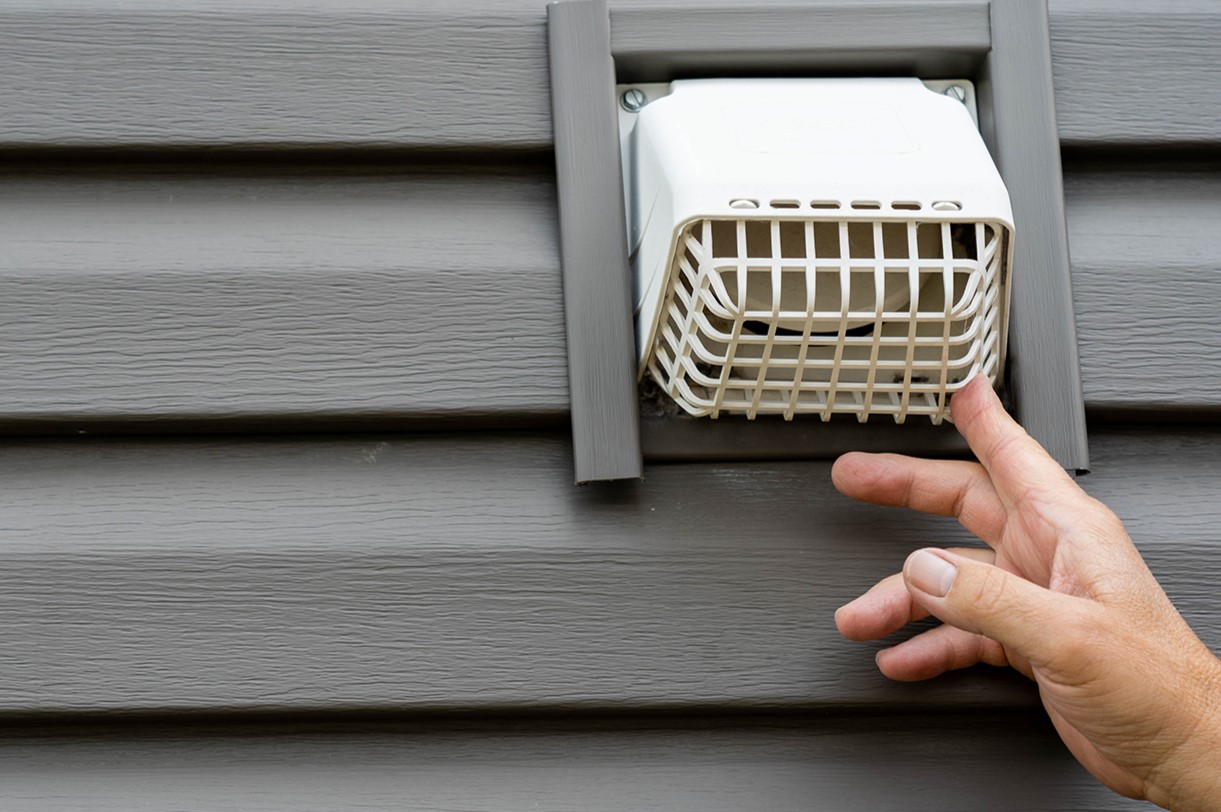
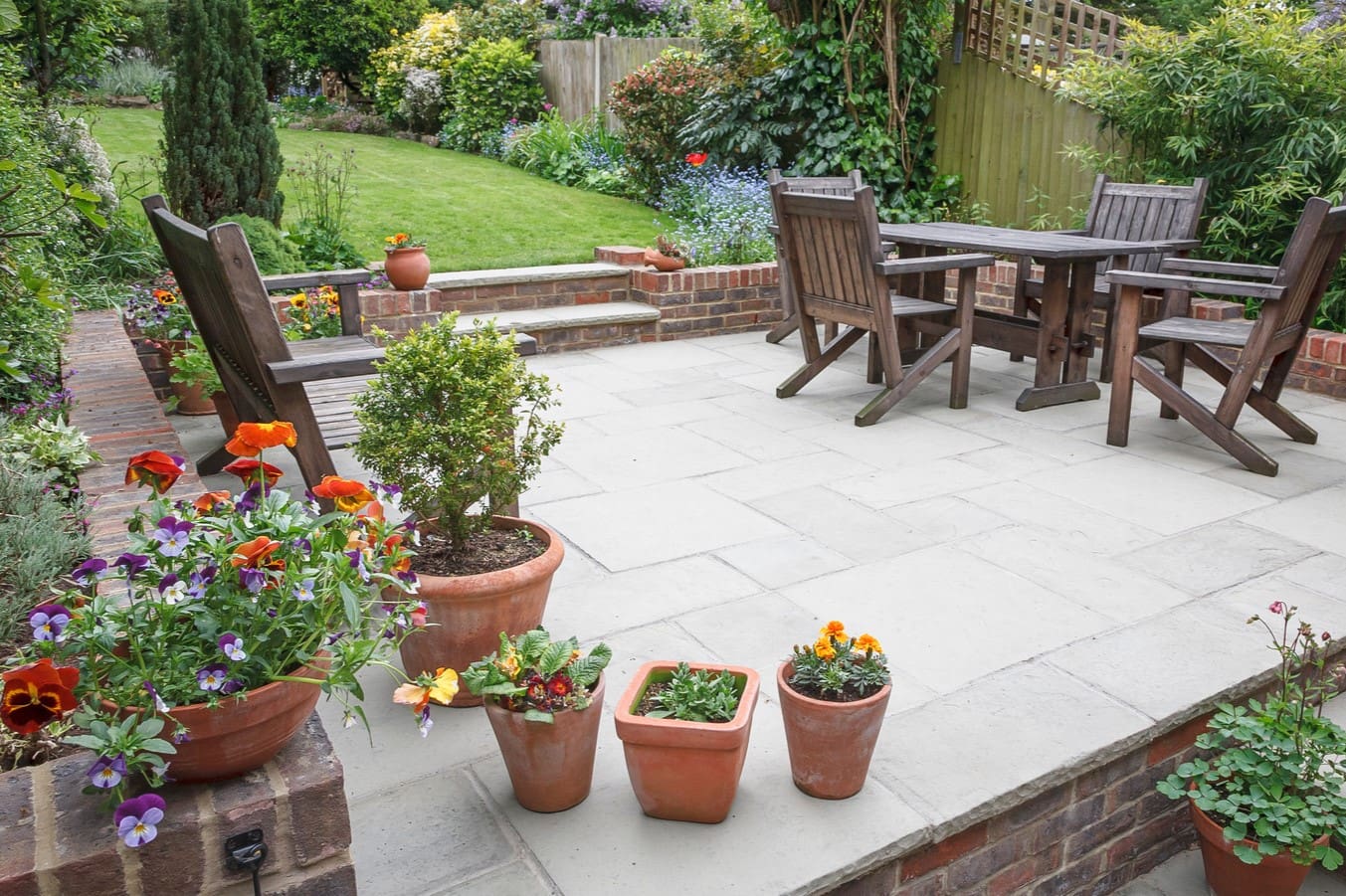
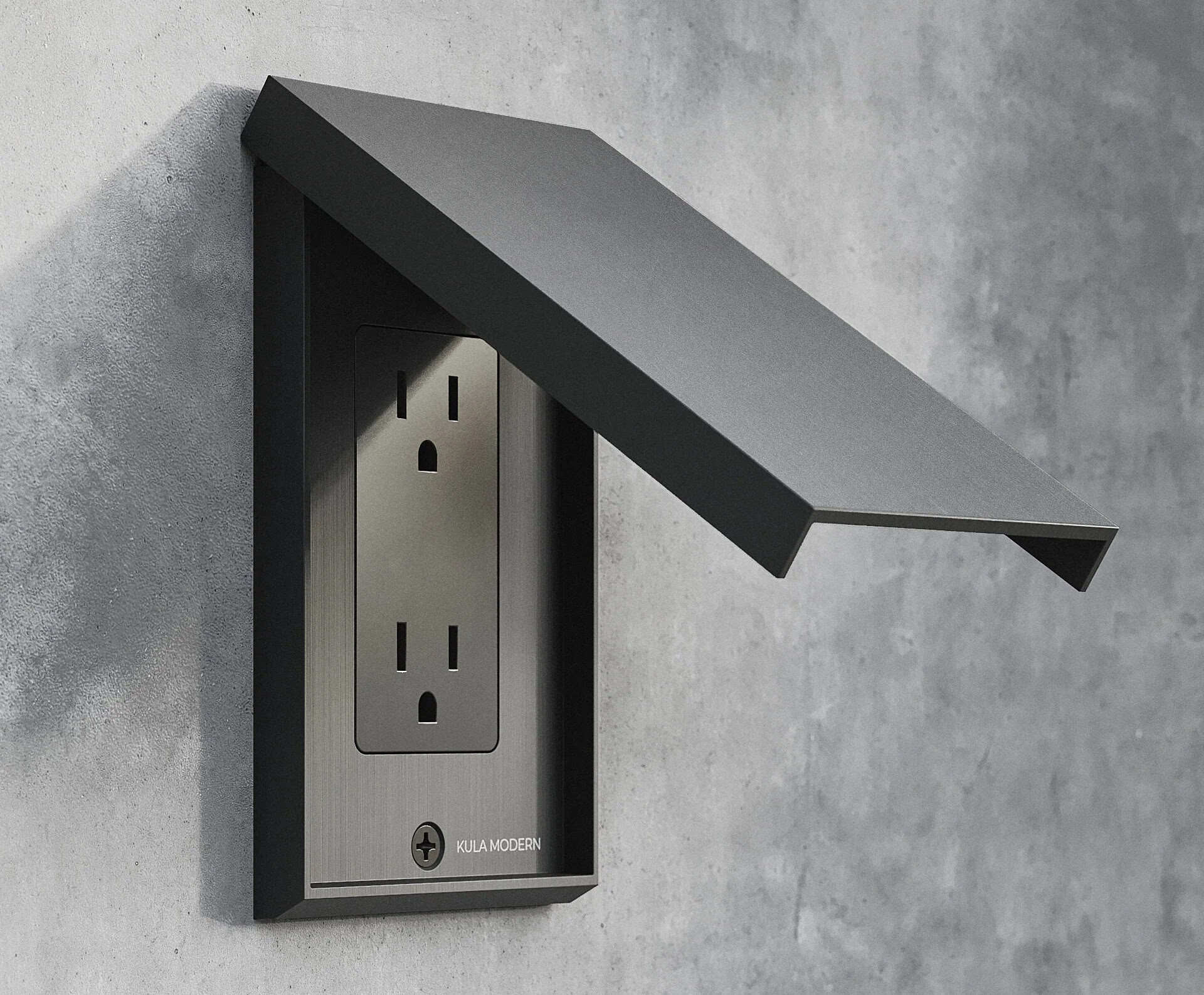
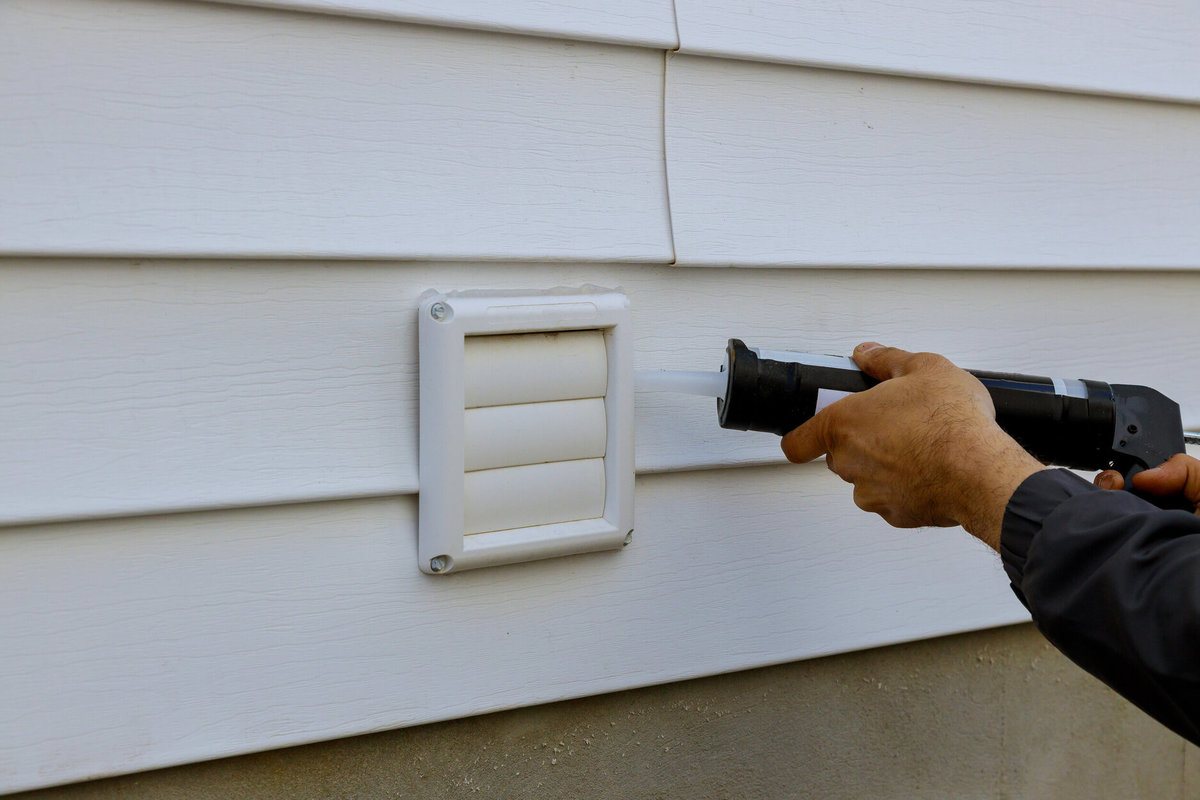
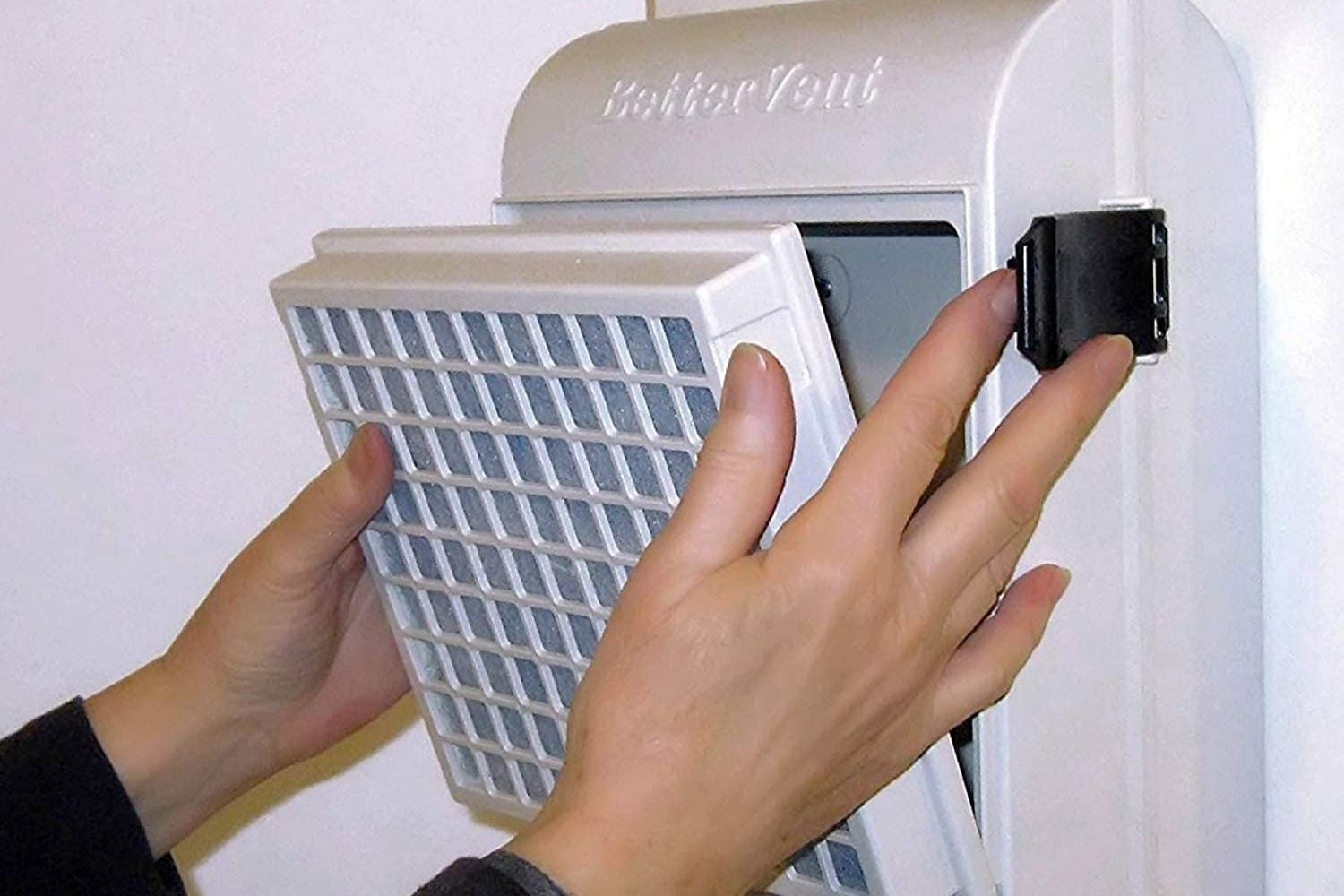
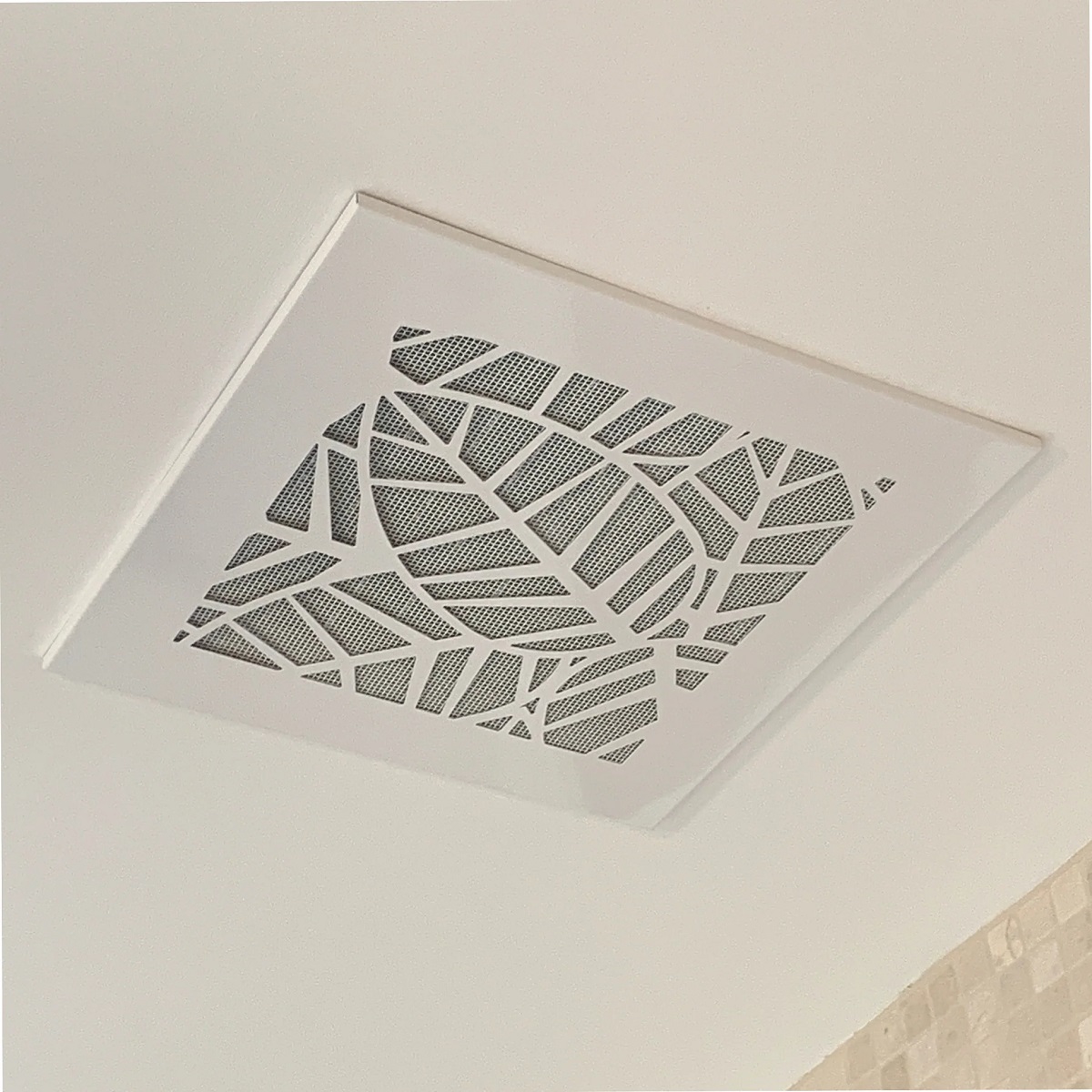
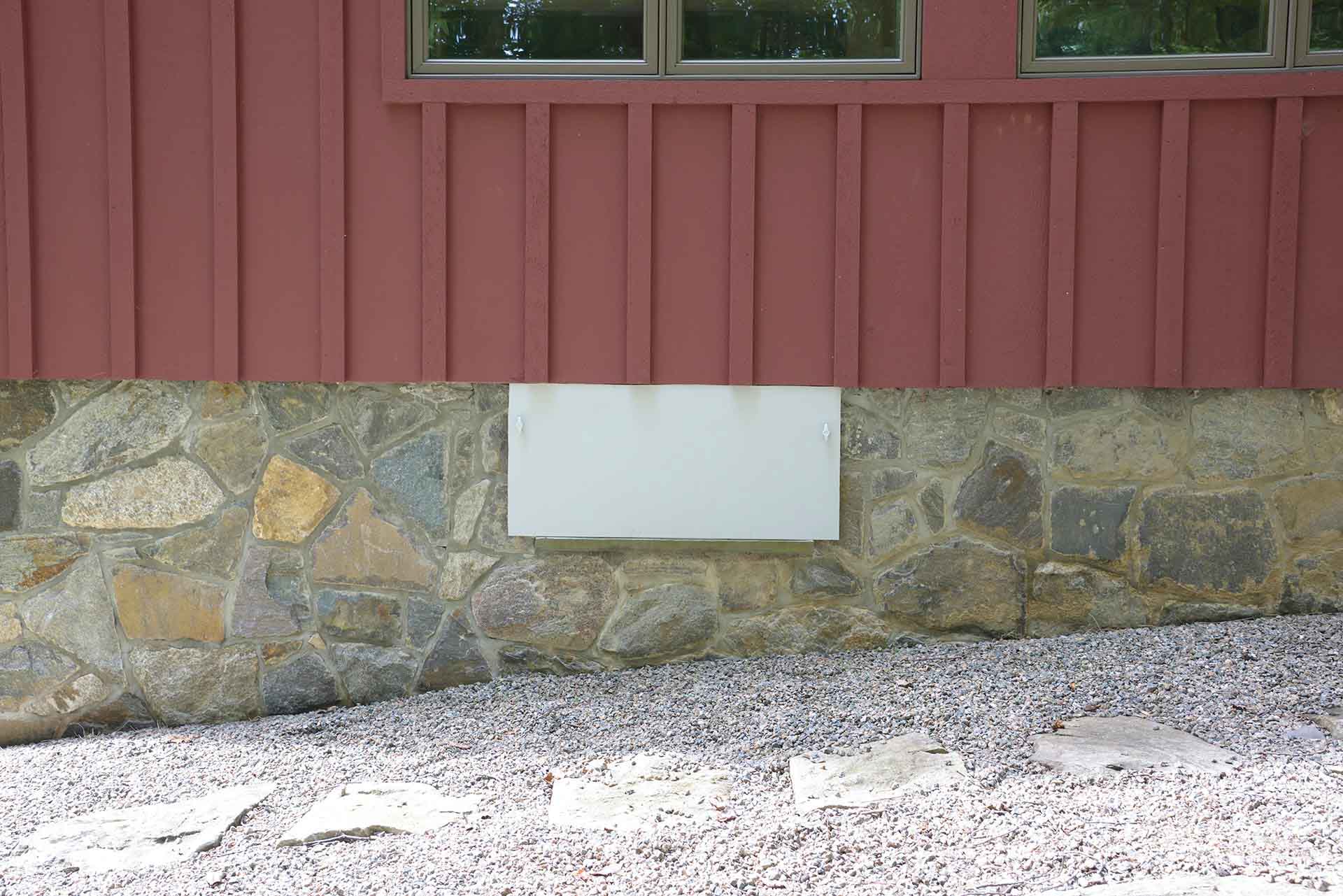
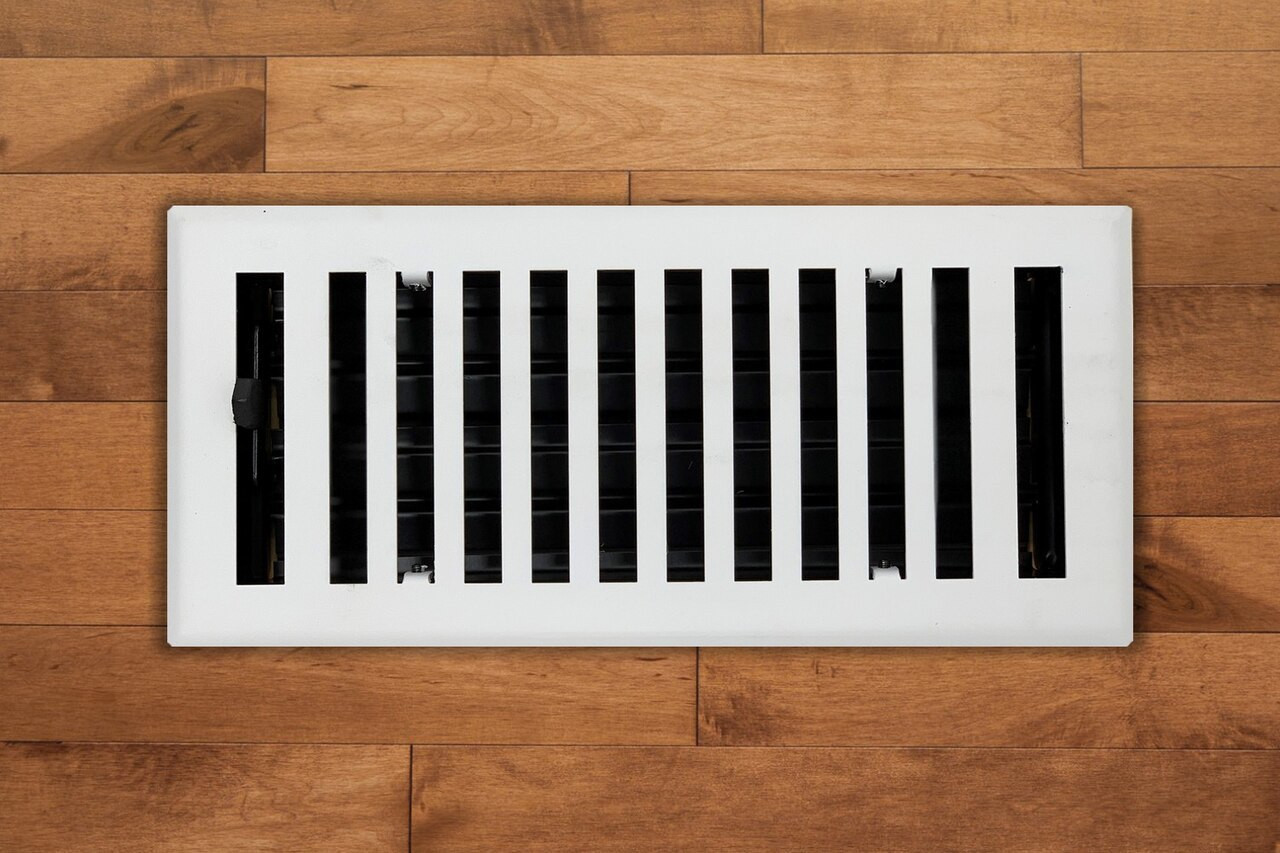
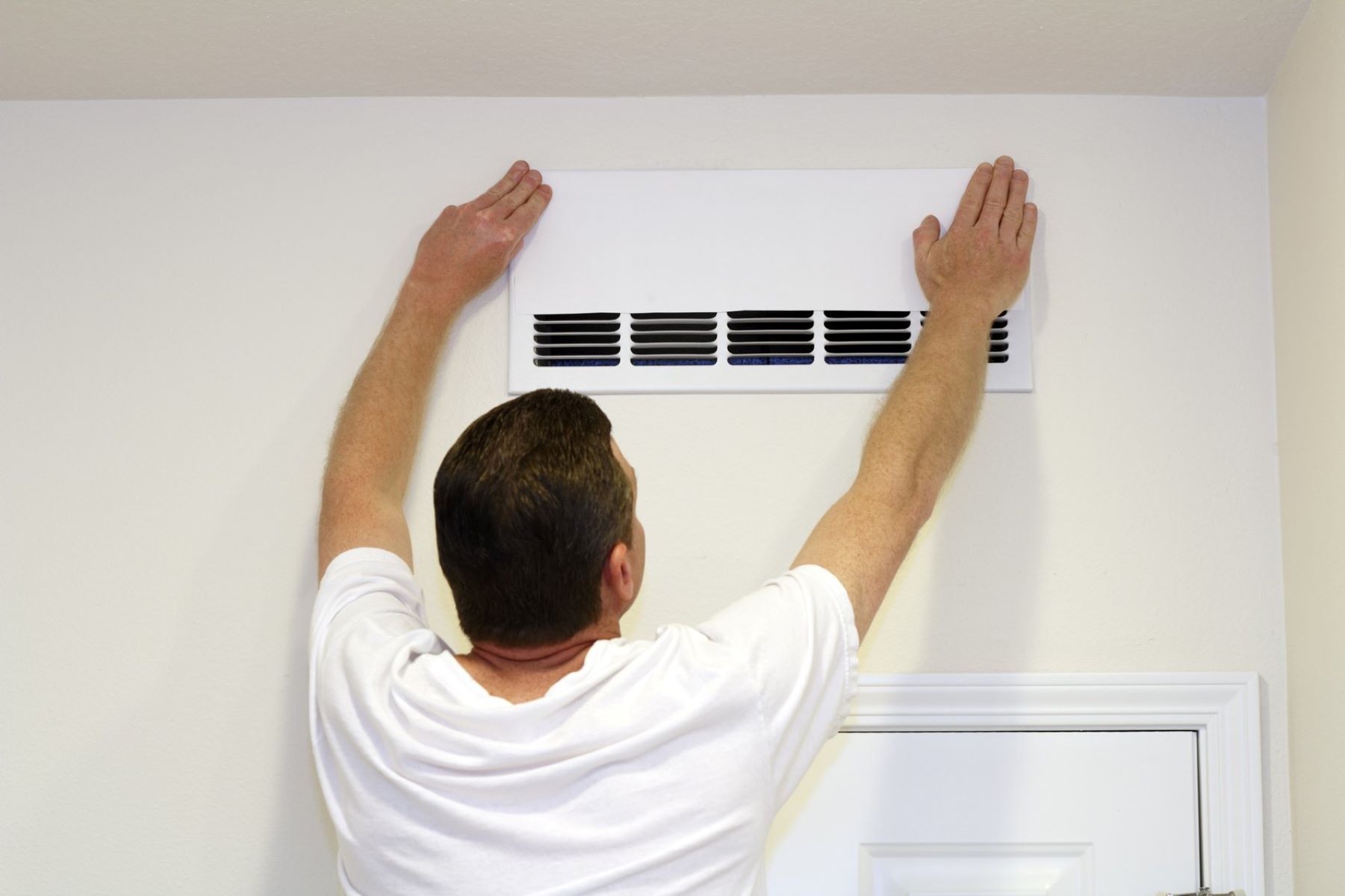
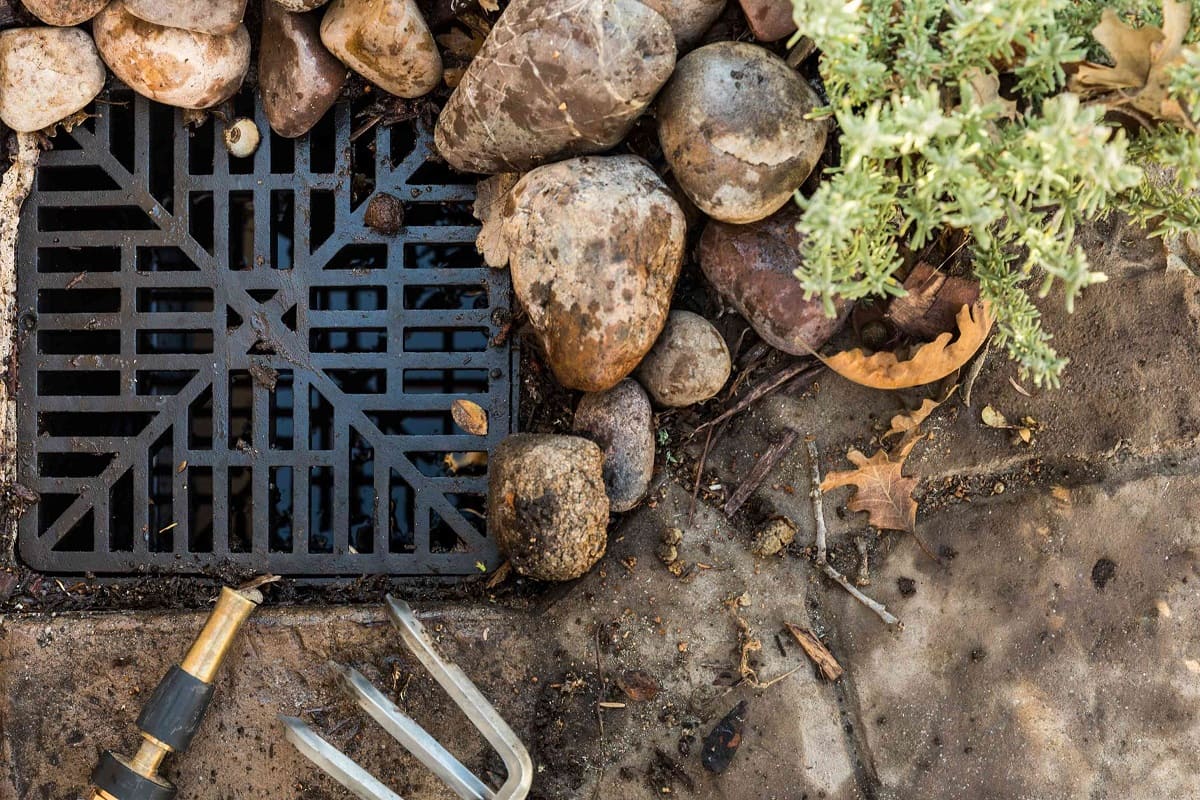

0 thoughts on “How To Cover Outdoor Vents”